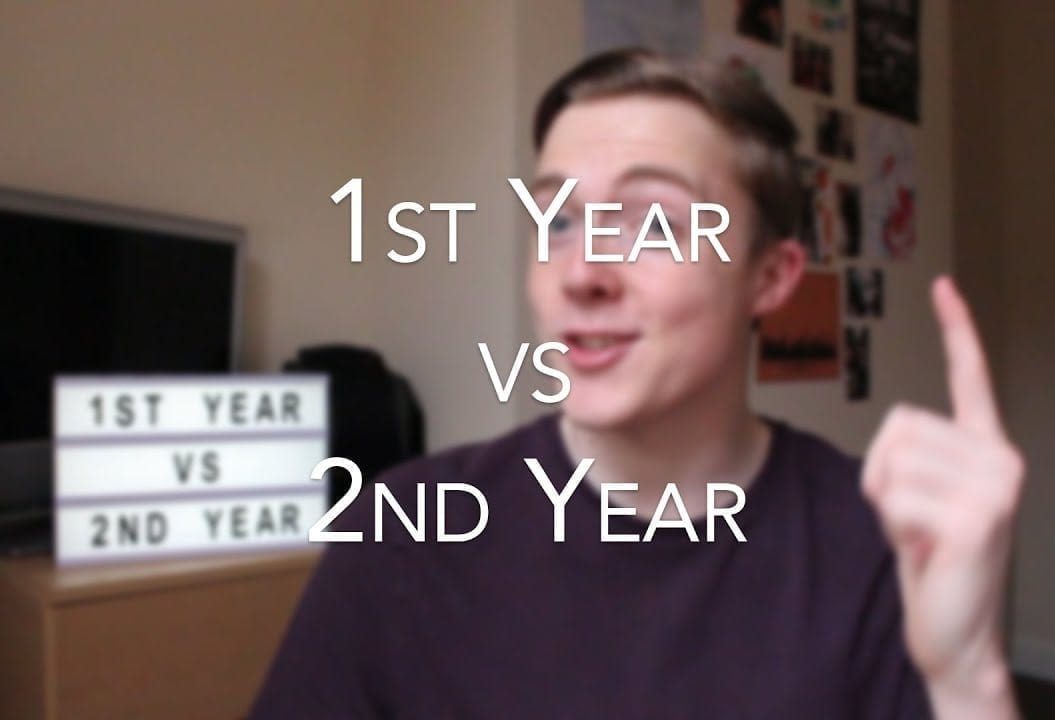Hi! I'm a third year history student who loves cats, music, tattoos and records! I'm passionate about disability and mental health advocacy and awareness :)

Autism and masking
June 2, 2021,
read.
This article is more than 3 years old
This article is about trying to create a greater understanding amongst Autistic and neurotypical readers about what it’s like to live in a world that is not created for us and the lengths that many of us go to fit in. I would like to raise awareness about how Autistic traits are often ostracised and hope that, one day, we will live in a society where behaviours such as stimming and hyper-fixations are greeted with greater tolerance, reducing the need to mask so much and decreasing the mental and physical strain on Autistic people.
What is Autistic masking?
Masking or camouflaging refers to concealing Autistic traits and behaving in such a way that would be considered neurotypical in order to fit in and is typically conducted by higher-functioning individuals (Sidenote – bleurgh, I hate this term! I will be writing an article soon on why Autism should not be viewed as a linear spectrum, but this is the easiest way to discuss this topic!). It is essentially a social survival strategy and includes behaviours such as:
- Forcing or faking eye contact during conversations
- Imitating smiles and other facial expressions
- Mimicking gestures
- Hiding or minimizing personal interests
- Developing a repertoire of rehearsed responses to questions
- Scripting conversations
- Pushing through intense sensory discomfort including loud noises
- Disguising stimming behaviours (hiding a jiggling foot or trading a preferred movement for one that’s less obvious)
Kajsa Igelström, assistant professor of neuroscience at Linköping University in Sweden, explains, “Camouflaging is often about a desperate and sometimes subconscious survival battle[…]and this is an important point, I think — that camouflaging often develops as a natural adaptation strategy to navigate reality.”
Why do Autistic people mask?
Masking occurs for a variety of reasons, including but not limited to:
- Feeling safe and avoiding stigma
- Avoiding mistreatment or bullying
- Succeeding at work
- Attracting a romantic partner
- Making friends and other social connections
- Fitting in or feeling a sense of belonging
What are the stages of Autistic masking?
Masking can look different from person to person, but one study has described a basic three-stage model of the process: motivation, masking and consequences.
- Masking begins when the individual recognizes that it would be easier or required to be perceived as neurotypical, e.g., when meeting a new person. Whatever the motivation, the individual feels that they must hide their differences or change their usual behaviour, often because their environment doesn’t tolerate, respect or support Autistic traits.
- Now the individual hides or compensates for Autistic characteristics, such as focusing on reciprocating eye contact when ordinarily this would be a struggle. Here, we may be able to ‘pass’ as neurotypical for short periods of time or over the course of a workday with varying degrees of success.
- The individual may suffer from Autistic burnout, which refers to the intense physical, mental or emotional exhaustion, often accompanied by a loss of skills, that some adults with autism experience. Many autistic people say it results mainly from the cumulative effect of having to navigate a world that is designed for neurotypical people. My previous article on this topic can be found here.
Why should we combat the need to mask?
I appreciate that masking is often required to lead as functional a life as possible, but it would be nice to one day live in a world where fellow Autistic people are not ostracised for behaviours such as stimming, hyper-fixations or poor judgement of social cues, and are able to mask less. Becoming aware of the masking traits highlighted above is a good way to understand the techniques Autistic people use in day-to-day life as one thing that helps them feel more comfortable when unmasked is not feeling like they have to justify just being. Getting questioned when they are stimming or blatant judgment for just ‘being Autistic’ pushes anxiety levels up, makes people mask more and drives them to burnout quicker.
If you have questions, there are plenty of educational sites that discuss stimming, masking, and general facts about Autism that you can seek out rather than forcing Autistic people to justify their behaviours.
My Personal Favourite Resources and Advocates Are:
https://taniaannmarshall.wordpress.com/
https://www.instagram.com/amy.chrissy/ (also on tiktok with the same username)
https://www.instagram.com/theautisticlife/
https://www.instagram.com/the.autisticats/
If you are Autistic, Student Services can provide you with help and advice if you feel that you need further support with your study!




